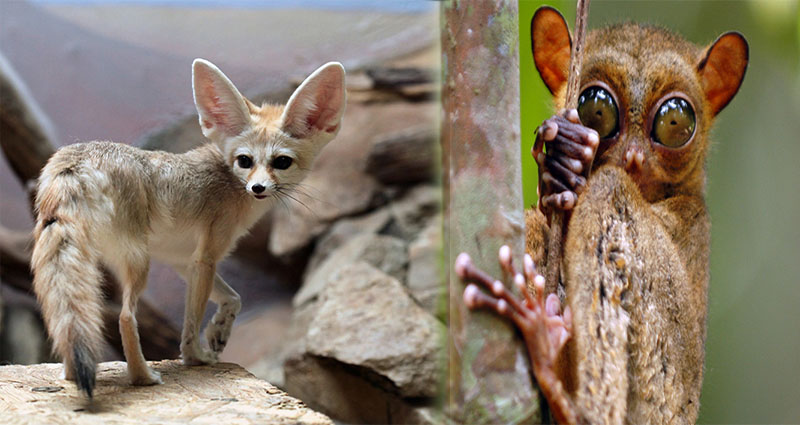Rare exotic animals are those that don’t come from regular pet stores or backyard breeders. They require a special diet, habitat and grooming.
Exotic pets can be a great addition to your home. However, before you bring one home, it’s important to do your research.
Fennec Fox
The Fennec Fox is a small animal that is native to the deserts of North Africa and Egypt. They are nocturnal and use their large ears to detect the sounds that are made under the sand.
These ears also help them to regulate their body temperature and locate prey. They have long hair that helps them to stay warm during cold nights and protects them from the sun’s rays during the day.
Fennec foxes are monogamous animals that live in family groups of up to ten individuals. Females give birth to one to four pups every year.
Snow Macaque
The Snow Macaque, also known as the Japanese Macaque, is an Old-World primate species. It is one of the northernmost living monkeys and has adapted incredibly well to its cold surroundings.
It is found in a variety of habitats across Japan. In the north, these primates live in subalpine forests that experience freezing temperatures.
They are a medium-sized species of monkey with long, thick fur. They have a brown or grey fur color, and their face is red.
They have a very complex social structure, with a strong dominance hierarchy among the males and females. Younger offspring are ranked higher than older ones.
Blood Monkey
The Blood Monkey is a type of monkey that has been used for biomedical research. Its blood is useful in the detection of the Rh (rhesus) factor in human blood and has been used to determine if a person has the disease rhesus monkeypox.
The rhesus monkey is an intelligent animal that can be mischievous when young but become more docile as an adult. It is an important experimental animal for research in a variety of areas, including medical and psychological sciences.
They are sociable and well-acquainted with their fellows, have good interpersonal skills and are very reliable in their relationships. They also have an open mind and can adapt to any work content and environment easily.
Yellow-bellied Python
The Yellow-bellied Python, also called the blood python, is a large non-venomous snake. They can reach an average of 4-6 feet in length and weigh up to 30 pounds.
These snakes live in tropical swamps, forests and mangroves. They have a thick body, long heads and short tails that taper at the end.
They have pale stripes along their spines that are solid towards the tail and broken into segments closer to the head. The belly is white with small blackish markings.
They can be bred with almost any other gene to create designer morphs. The Yellow Belly morph is a subtle mutation that combines well with other morphs to produce stunning offspring.
Savannah Cat
Savannah cats are striking, exotic-looking creatures. They have long legs, a graceful neck and tall ears.
Their coat is a striking orange-yellow with large black spots and stripes down their legs and tail. The Savannah is a hybrid breed, blending the traits of the wild Serval (a type of tiger forest cat) with domestic cats.
They are active, social animals that bond very closely with their owners. They are very curious and enjoy playing with their humans.












